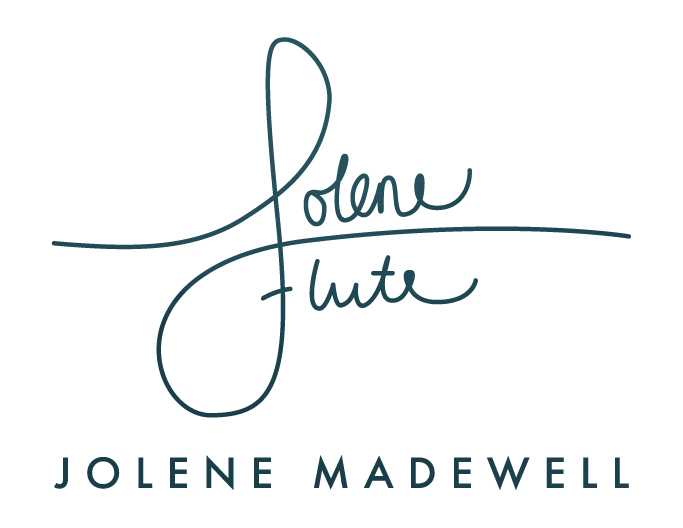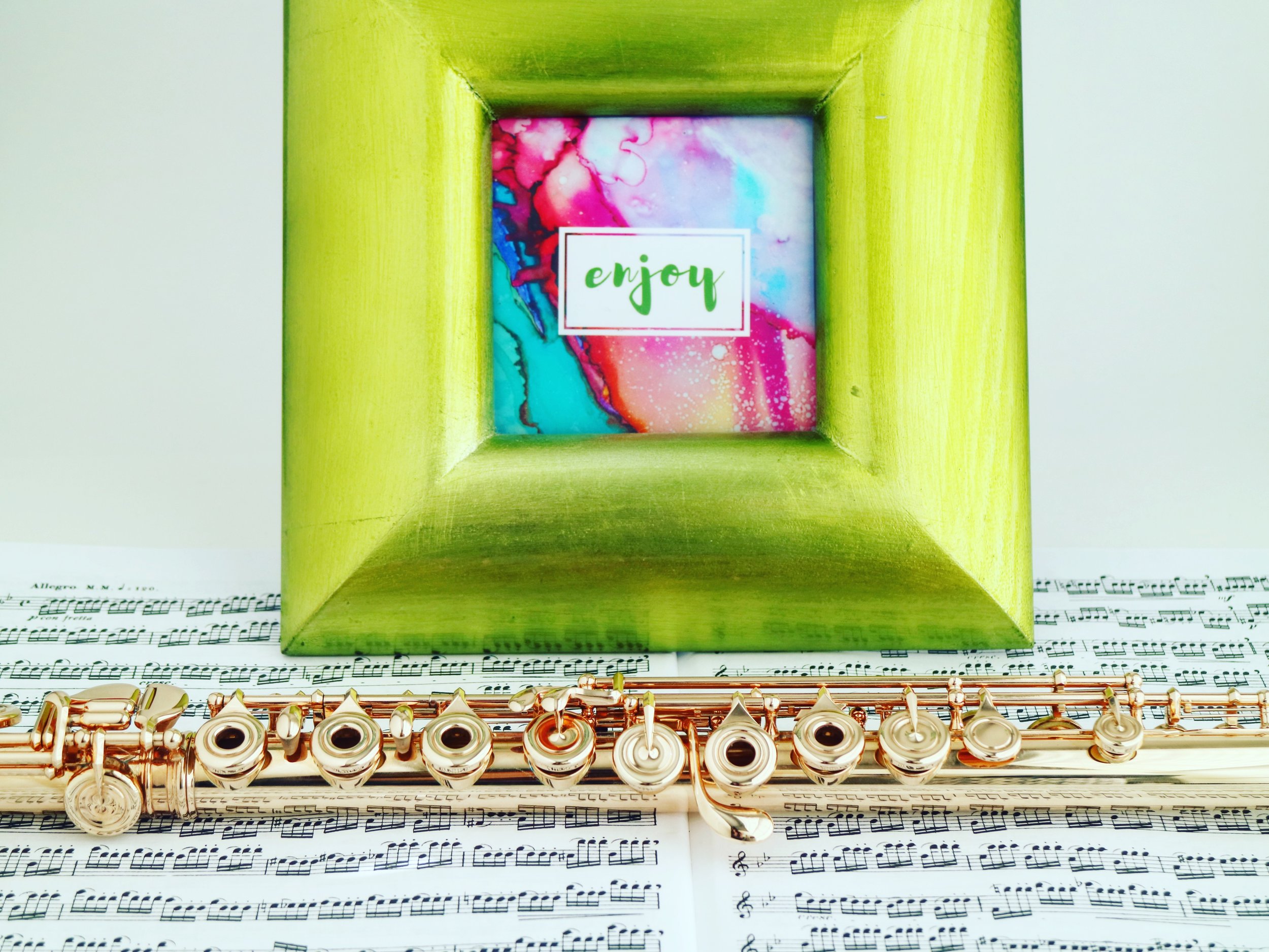When Good Intentions Stress You Out: Learning The Difference Between Freedom and Forcing
I’m constantly looking at all my moving parts while playing to inspect areas where I’m holding tension or using myself in a way that’s holding me back from finding ease, and this helps me problem solve on a daily basis!
For example, if I scan my abdomen and realize it’s holding a lot of tension, I can direct myself to let go, and often find freedom for more efficient breathing, and therefore, I’ll find a more resonant sound.
However, I’ve come to notice that there are moments where I am naturally allowing freedom, but other times, I’m forcing myself to let go.
Forcing freedom is not the same as freedom.
Forcing the abdomen to be free is not the same as allowing it to be free.
Focusing only on the abdomen to ensure it's free at all times does not create freedom because my focus becomes too narrowed.
I've become overly cautious, and now I’m stressed.
Stop Thinking In Parts, and Remember The Whole!
When I realize that directing individual moving parts doesn’t work, I remember an initial, key lesson in Body Mapping:
Inclusive Awareness.
Inclusive awareness is key in allowing the entire body to work together from a place of balance and fluid, natural movement:
- It invites in all the senses.
- It invites a widened awareness of the space surrounding you in all directions.
- It allows the gaze to soften, the ears to open, and the entire body to feel supported by space.
(Remember that time I remembered Peripheral Vision? Here I am remembering it yet again! Click here to read "How 2 Words Instantly Took Me From Frustration to Freedom!")
By definition, moving only a few parts is the opposite of using the whole, and therefore, it doesn’t always work if you’re looking for free, natural playing.
Analyzing one part, like the abdomen, without addressing the whole body feeling of support from the floor can turn good intentions of allowing freedom into forcing freedom.
Are You Overly Cautious?
Inclusive awareness also releases the mind from its overly critical and cautious state.
Where do you feel the most confident and natural?
For me, it’s improvising or playing from memory in front of the window:
I’m moving towards the window and starting notes before I even get there.
No need to stop and "set-up," No self-directing or caution.
- No pressure.
A Simple Direction for Accessing Your Natural Self
An idea from Missy Vineyard’s book, How You Stand, How You Move, How You Live: Learning the Alexander Technique to Explore Your Mind-Body Connection and Achieve Self-Mastery:
“I’m not playing the piano.”
- When I “play the flute,” I set-up, direct, and feel cautious. I stop using myself in a natural way.
(I noticed this in A Simple Trick For Better Breathing!)
- Trying out this direction:
“Smile, dive in, I’m not playing the flute,”
I could access my natural, whole-body self, and therefore, found more freedom in my playing!
In Conclusion
It’s key to understand how you use yourself while playing, and whether certain patterns of tension are present and preventing you from feeling and sounding how you want.
However, constantly living in this critical space makes it more difficult to turn it off for performance mode. Releasing criticism and flipping the switch to inclusive awareness and observation needs to occur most often!
When the intention is to maintain awareness of the surrounding space, music-making is free.
Invite all the senses to the experience.
Release into the space, release into listening,
Remember the whole.








![The Priorities of Good Sound for Flute & Piccolo [+ Free Download]](https://images.squarespace-cdn.com/content/v1/5698446a89a60aae9b0dd518/1524968904509-OQ60PWPH10XLHCE2IED5/IMG_8341.PNG)

